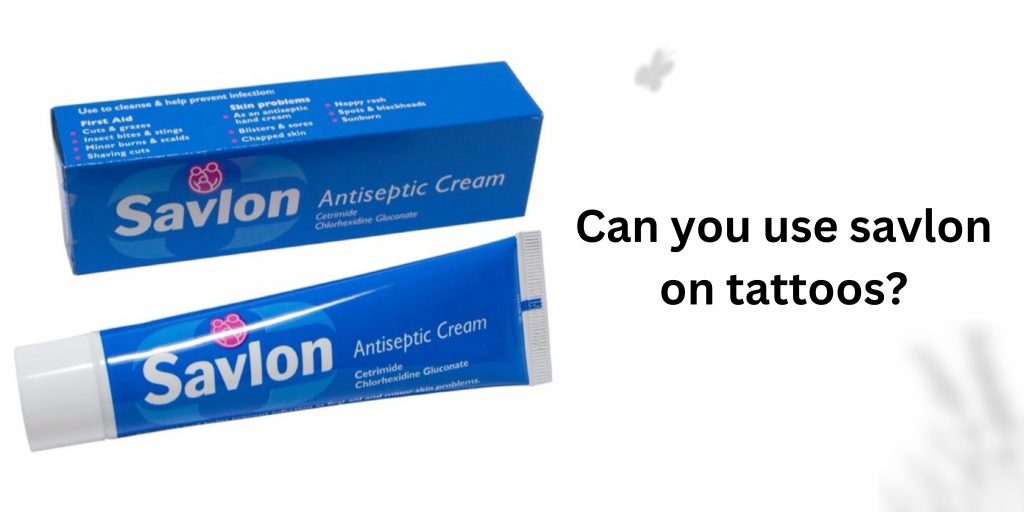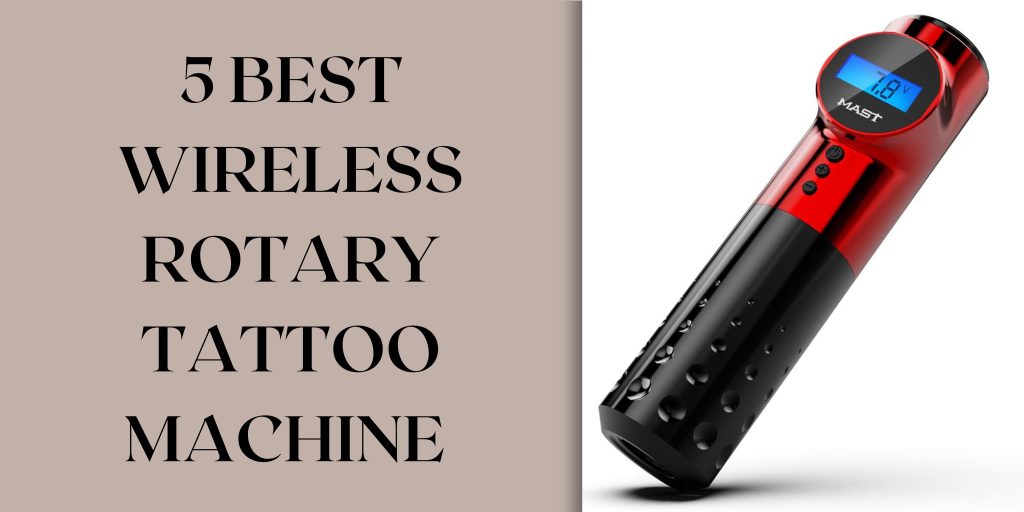If you’ve just gotten some fresh ink, you’re probably keen on keeping it clean and preventing any potential infections. One product that often pops up in discussions about tattoo aftercare is Hibiclens. But can you use Hibiclens on tattoos, and if so, how? Let’s dive into the nitty-gritty details to unravel the mysteries behind this antiseptic solution.
The Inquiry: Can You Use Hibiclens on Tattoos?
As you embark on your tattoo aftercare journey, the question of whether Hibiclens is a suitable companion might cross your mind. The answer is a bit nuanced. Hibiclens, primarily composed of chlorhexidine gluconate, is an antiseptic skin cleanser widely used in healthcare settings. Its efficacy in preventing infections makes it a staple in medical environments. However, when it comes to tattoos, a cautious approach is advised.
Benefits of Hibiclens for Tattoo Aftercare
Before delving into the particulars, let’s explore the potential benefits of using Hibiclens on tattoos. One of the key advantages is its ability to kill a broad spectrum of bacteria, viruses, and fungi. This makes it an effective shield against infections that could threaten the healing process of your tattoo.
Additionally, Hibiclens offers a persistent antimicrobial effect, providing extended protection after application. This characteristic is particularly beneficial for tattoos, as the healing period can span several weeks. Regular use of Hibiclens during this time may help safeguard your tattoo from microbial intruders.
Consider the Cons: When Hibiclens Might Not Be Ideal

While Hibiclens boasts impressive antimicrobial properties, there are considerations that may steer you away from using it on your tattoos. One notable factor is the potential for skin irritation. Some individuals may be more sensitive to chlorhexidine gluconate, leading to redness, itching, or other adverse reactions.
Moreover, Hibiclens is a potent antiseptic designed for medical use. As such, it might be too harsh for the delicate skin surrounding a fresh tattoo. Overuse or improper application could disrupt the natural healing process and even compromise the vibrancy of your tattoo.
How to Safely Use Hibiclens on Tattoos

If you’ve weighed the pros and cons and decided to proceed with Hibiclens for your tattoo aftercare, it’s crucial to use it judiciously. Begin by washing your hands thoroughly to prevent introducing any additional contaminants. Gently clean the tattooed area with mild, fragrance-free soap and water. Once clean, apply a small amount of diluted Hibiclens, ensuring it covers the entire tattoo.
Remember to dilute Hibiclens as per the instructions on the packaging. Undiluted, it can be too harsh for your tattooed skin. After application, rinse the area thoroughly with lukewarm water to remove any residue. Pat the tattoo dry with a clean, soft cloth. Follow this process no more than twice a day to avoid overuse.
In Summary
In the quest for the perfect tattoo aftercare routine, Hibiclens emerges as a potential ally. Its antimicrobial properties can provide an added layer of protection during the critical healing period. However, the decision to use Hibiclens on tattoos should be approached with caution, considering individual sensitivities and the delicate nature of fresh ink.
Remember, moderation is key. Striking a balance between the benefits of Hibiclens and the gentleness required for tattoo aftercare is the path to a vibrant and infection-free masterpiece.







